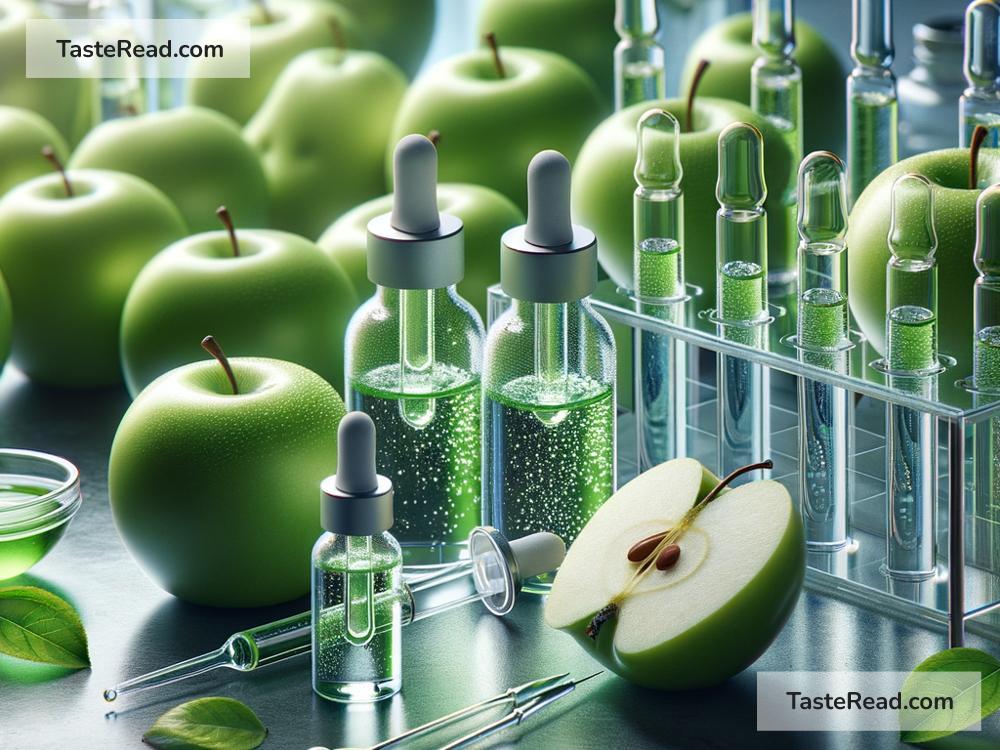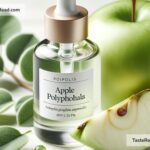Unlocking the Power of Apple Stem Cell Extracts: A Breakthrough in Regenerative Medicine and Anti-Aging Therapies
In recent years, a buzz has emerged around the use of stem cells for improving health, healing, and enhancing beauty. You’ve likely heard about human stem cells, which can regenerate damaged tissues. But did you know that plants also have powerful stem cells? One fascinating example comes from apples. Yes, apples—the ordinary fruit you’ve probably eaten a thousand times—are now at the center of cutting-edge research in regenerative medicine and anti-aging therapies.
Let’s dive into the world of apple stem cell extracts and explore how they might transform the way we approach healing and aging.
What Are Plant Stem Cells?
Plant stem cells are unique cells found in the growing parts of plants, such as shoots, roots, and fruits. Just like human stem cells, they are capable of self-renewal and regeneration, meaning they can divide and form different types of cells. This amazing ability allows plants to grow, repair themselves, and survive even in harsh environments.
Scientists have discovered that the stem cells of certain plants hold remarkable medicinal properties. Among them, the stem cells from a rare apple tree variety called Uttwiler Spätlauber have caught the attention of researchers and innovators.
What Makes Apple Stem Cells So Special?
The Uttwiler Spätlauber is an old Swiss apple tree known for its longevity and resilience. Unlike most regular apples, the fruit of this tree stays fresh much longer after being harvested. It takes months to shrivel and spoil, unlike an ordinary apple that might go bad within weeks. Researchers began to wonder: what makes these apples so durable?
What they found was astonishing. The stem cells from this apple variety contain unique compounds that help protect the fruit from damage and aging. These compounds are rich in antioxidants and nutrients that fight oxidative stress—a major contributor to skin aging, tissue damage, and illness in humans. In simpler terms, oxidative stress is what happens when harmful substances in our body, called “free radicals,” damage cells. Antioxidants neutralize these substances before they can wreak havoc.
How Apple Stem Cell Extracts Are Made
You might wonder how scientists extract stem cells from apples and use them to benefit humans. The process is not as simple as eating an apple or blending it into a smoothie. Scientists isolate the stem cells using advanced laboratory techniques to ensure the purity and potency of the extract. These stem cells are then cultivated and multiplied in a controlled environment.
The result is a concentrated extract that can be used in products like medicines, creams, serums, and supplements. Thanks to this extraction and cultivation process, people can benefit from the regenerative properties of apple stem cells without needing to eat dozens of apples or grow rare trees in their backyard!
Applications in Regenerative Medicine
Regenerative medicine is an exciting field that focuses on repairing damaged tissues or organs. Instead of relying solely on drugs to manage symptoms, regenerative medicine aims to help the body rebuild itself. Apple stem cell extracts have shown potential in contributing to this goal.
Here’s how they work: the compounds in apple stem cells stimulate human stem cells, helping them stay active and healthy. As we age, our stem cells become less efficient, which slows down our body’s ability to heal. Apple stem cell extracts could help reverse this trend by reactivating our natural repair systems. Early studies suggest they might accelerate wound healing, promote tissue regeneration, and even reduce inflammation.
Although research is still ongoing, the initial results are promising, and many scientists believe apple stem cells could be a key ingredient in future regenerative therapies.
Revolutionizing Anti-Aging Therapies
One of the most popular uses of apple stem cell extracts today is in anti-aging skincare products. Many creams, serums, and masks now feature these extracts as a key ingredient. Why? Because apple stem cells can help protect human skin cells from damage and improve their ability to repair themselves.
Over time, exposure to sunlight, pollution, and stress causes our skin cells to degrade faster, leading to wrinkles, fine lines, and dullness. Apple stem cell extracts, with their antioxidant powers, shield skin cells from free radicals and encourage growth. They’ve been shown to boost collagen production, the protein responsible for firm and youthful skin. Additionally, these extracts hydrate your skin, making it feel soft and smooth.
People who use skincare products infused with apple stem cells often report noticeable improvements in their skin’s texture and appearance—and the demand for such products is growing worldwide.
Are Apple Stem Cells the Fountain of Youth?
While apple stem cell extracts offer exciting potential, it’s important to manage expectations. They’re not a magical cure that can stop time or reverse aging entirely. Aging is a natural process, and while we can slow it down, we can’t eliminate it altogether.
That said, incorporating products and therapies containing apple stem cells into your routine might offer meaningful benefits for your skin and overall health. Coupled with good habits like eating a healthy diet, staying active, and protecting your skin from the sun, apple stem cells could help you look and feel younger for longer.
The Future of Apple Stem Cell Research
Apple stem cell extracts represent just the beginning of what plant-based medicine could achieve. As scientists learn more about how these extracts interact with human cells, we’ll likely see more breakthroughs in regenerative medicine and anti-aging treatments. Who knows? The humble apple might prove to be one of nature’s greatest gifts in the fight against aging and disease.
In the meantime, fruit lovers and skincare enthusiasts alike can appreciate the beauty of an ordinary apple—and the extraordinary science it holds within.


